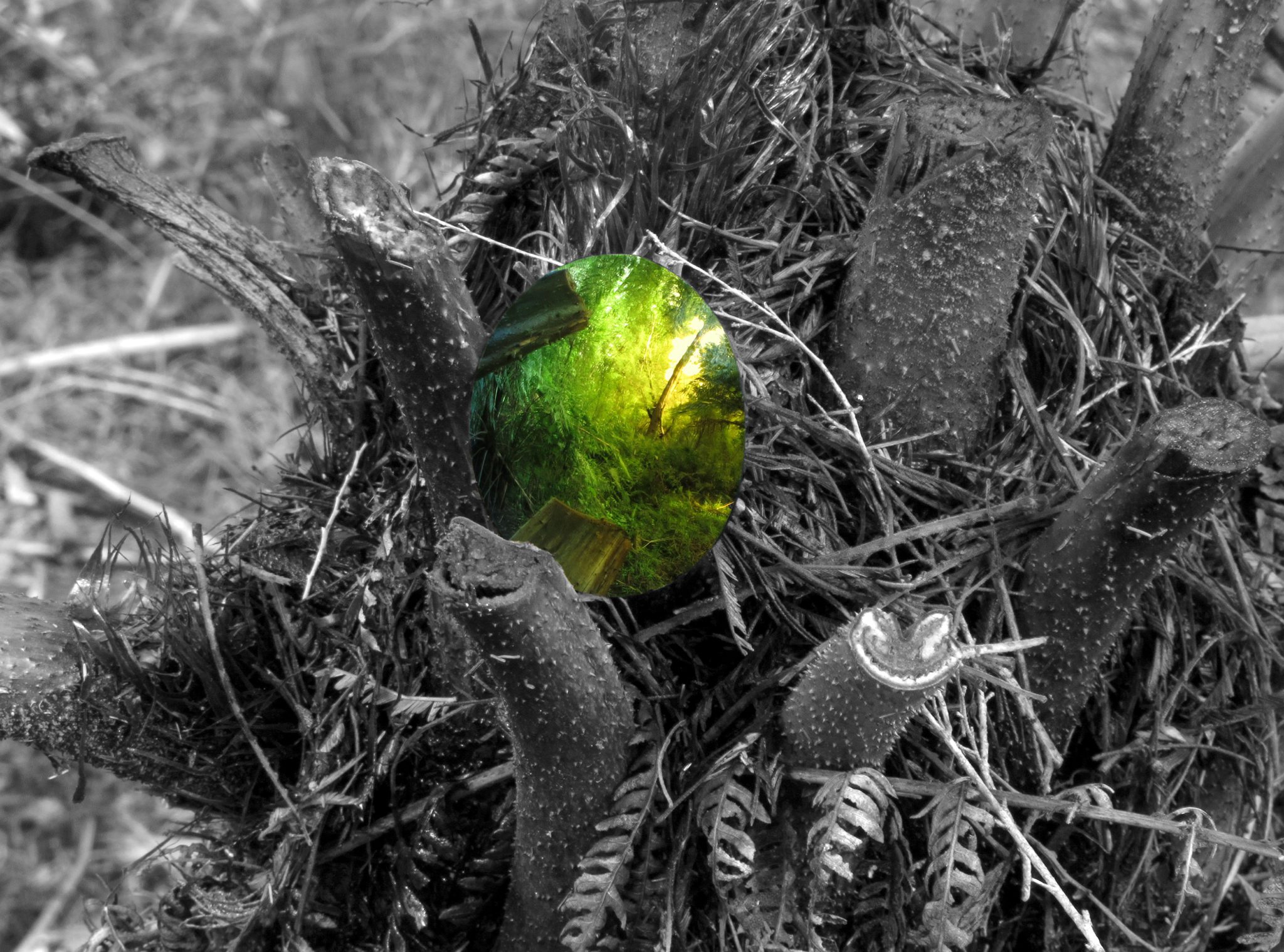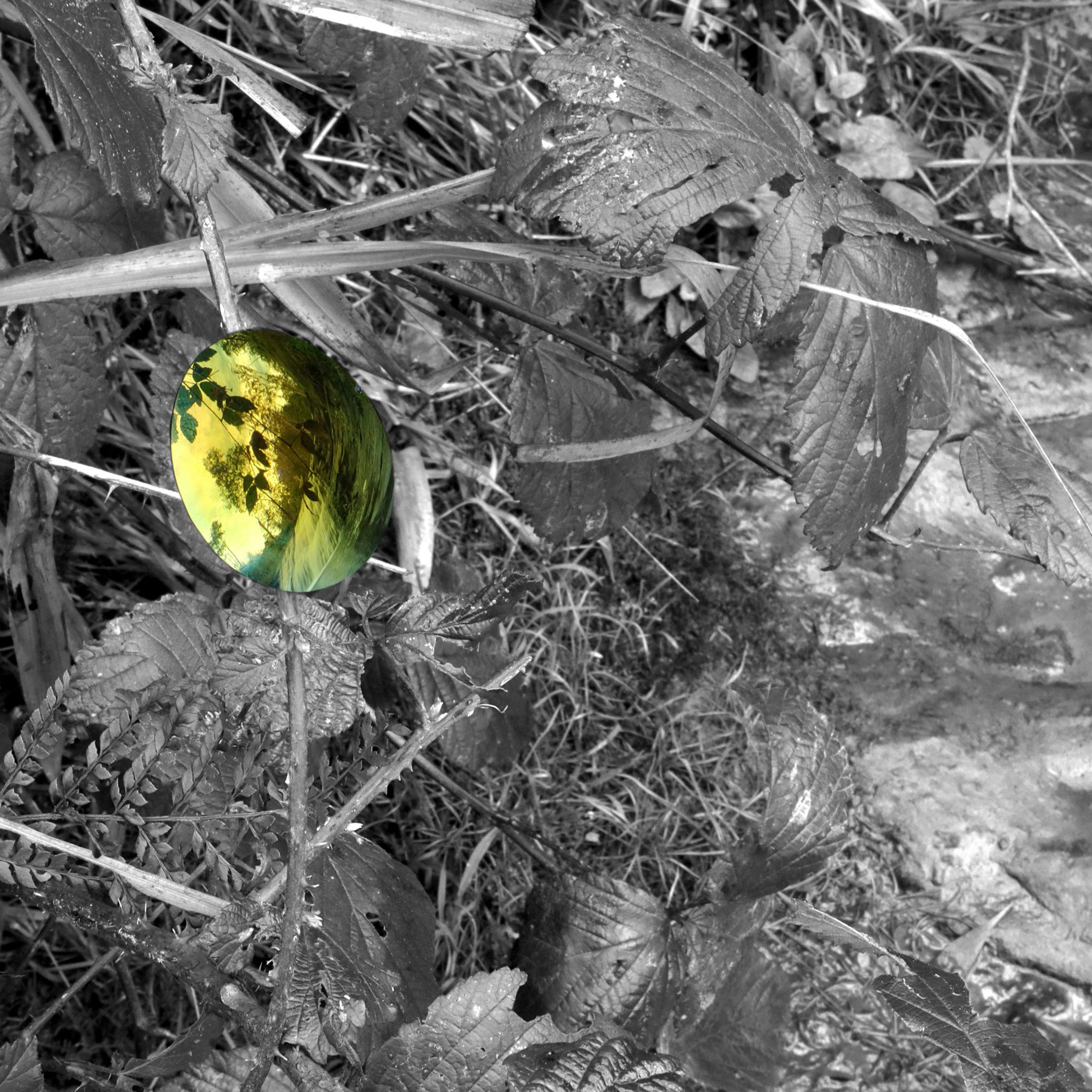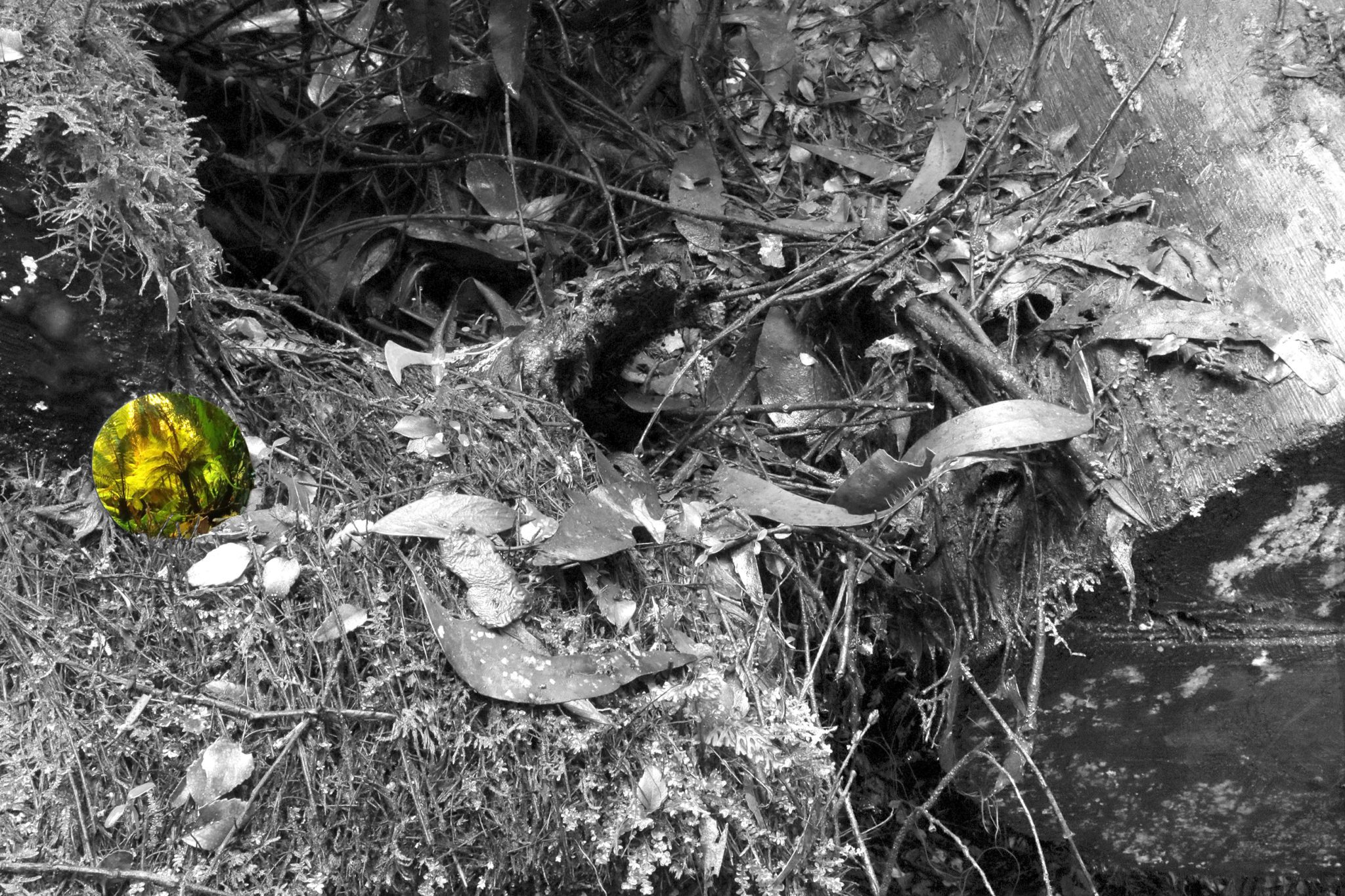Lesley DUXBURY
1. Closer than it appears #1, 2021, Pigment inkjet print, 60 x 90 cm, Commissioned by Latrobe Regional Gallery for 50 Years 50 Artists exhibition.
2. Closer than it appears #2, 2021, Pigment inkjet print, 73 x 73 cm, Commissioned by Latrobe Regional Gallery for 50 Years 50 Artists exhibition.
3. Closer than it appears #3, 2021, Pigment inkjet print, 95 x 56 cm, Commissioned by Latrobe Regional Gallery for 50 Years 50 Artists exhibition.
4. Closer than it appears #4, 2021, Pigment inkjet print, 63 x 85 cm, Commissioned by Latrobe Regional Gallery for 50 Years 50 Artists exhibition.
5. Installation view of Lesley Duxbury, Closer than it appears #1-4, 2021, Pigment inkjet prints, Various dimensions, Commissioned by Latrobe Regional Gallery for 50 Years 50 Artists exhibition.
Lesley DUXBURY
Latrobe Valley land, the earth and what it contains, what it grows, and nurtures has undergone significant change since European settlement. The four photographs by Lesley Duxbury attempt to create a view back from the present to the past.
Views of the land are never innocent. The representation of land is framed by the interests and culture of the viewer. Lesley Duxbury is an artist whose interests are in the atmospherics of landscape through which she questions perceptions of place.
Lesley Duxbury is a keen bushwalker. Over many years she has undertaken long walks in wilderness regions taking photographs and taking notes. In creating this series – Closer Than It Appears, the artist took four walks in areas of remnant vegetation in the Latrobe Valley. The artist was interested in how the landscape may have looked before European settlement and the clearing of native vegetation. Four key types of vegetation were selected, riparian flats – or vegetation along the river and creek edges, damp forest, dry foothills and woodland plains. Duxbury walked the four areas. Then, with a Black Mirror (or Claude Glass), she photographically documented the activity. The Black Mirror, traditionally a small convex dark grey mirror used by artists and tourists in the 18th century to view the landscape and condense the view into a manageable composition and tonal range, creates a transformed landscape view. By holding the mirror at shoulder height and standing with one’s back to the landscape and facing the mirror, the viewer sees a miniaturised, distilled and edited experience of landscape, seeming to experience past and present simultaneously.
It is worth examining the Claude Glass or black mirror, as its use by Duxbury is significant. In the Claude Glass, darkness is where the magic takes place. When you look into the black mirror, you will see that shapes and tones reflected in dark glass have become simplified while still maintaining their hierarchy. A black mirror is a tool for creating the picturesque, compressing and transforming the unmanageable world into a comprehensible aesthetic experience, supposedly reminiscent of the paintings of Claude Lorrain. The glass then creates for the 18th-century tourist and artist, the ‘picturesque’, the sweetness of the beautiful cut with the sublime’s majestic terror. Importantly, the ‘picturesque’ trained people to look at the landscape as if they were ‘landscape paintings’ (in the European tradition). In place of the 18th-century black mirror, Duxbury used the lenses of contemporary reflective-lens sunglasses and placed them among the vegetation.
While walking in the selected locations, Duxbury realised that humans had subtly altered the vegetation in each, with people and park rangers making it safer for visitors. For example, they had trees chopped down, leaving stumps; weeds were growing, and branches sharply pruned. The artist intentionally included these alterations and adjustments in black and white representations of the ‘present’. The view provided by the artist’s ‘black glass’ reflects a more idealised, pristine view of the land. An idealised view, perhaps, but it is one that the artist hopes can be the truth again. In this work, the present and past come together; in a way, the artist suggests it should be again in the future.




